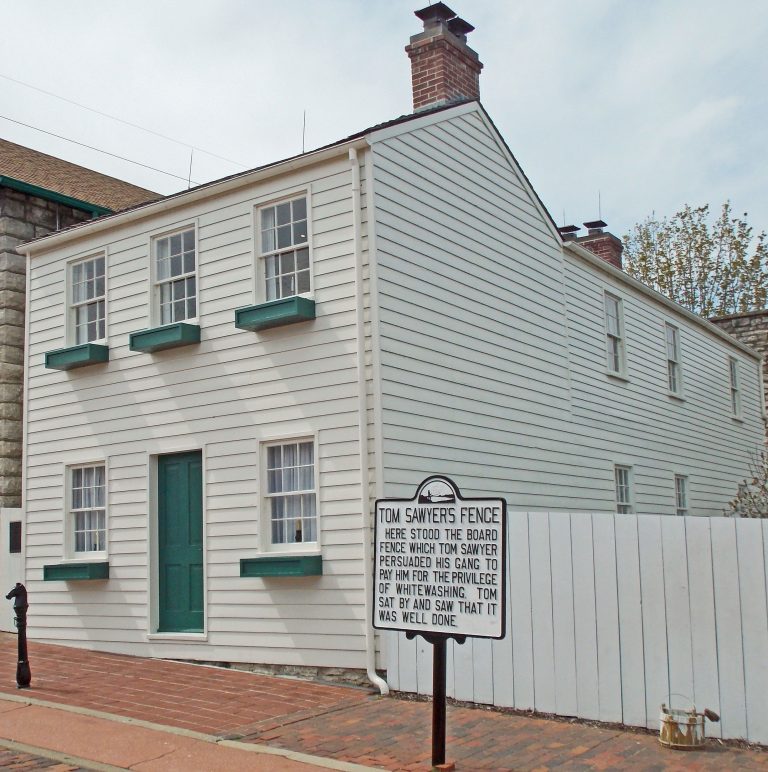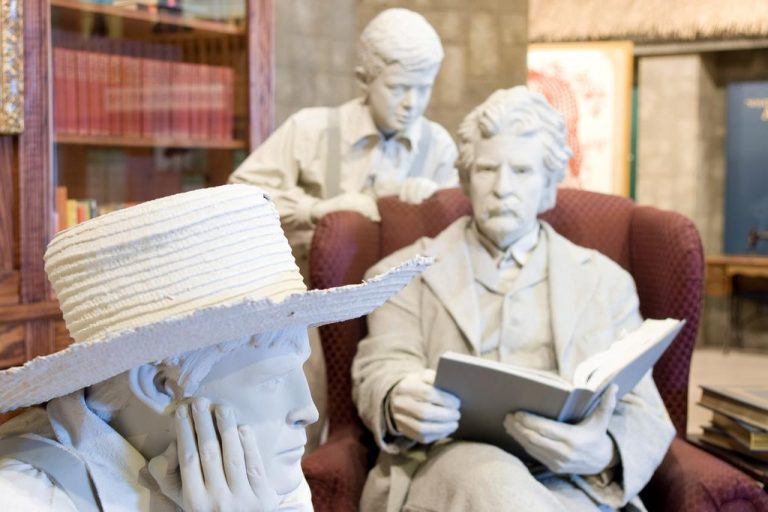The museum stands out as it offers students a unique and immersive experience of the life and legacy of one of America’s most influential authors. Through self-guided tours across seven historic buildings, including Twain’s boyhood home, students explore the environments that shaped the literary imagination behind The Adventures of Tom Sawyer and the Adventures of Huckleberry Finn. The museum also highlights Twain’s influence on American literature and culture, helping students connect history with the fictional world Twain created.
The educational programs at the museum are carefully designed to align with school curricula, fostering connections between Twain’s works and themes such as regional identity, childhood, and social justice. The hands-on exhibits provide insights into 19th-century life along the Mississippi River, encouraging students to understand the cultural and economic backdrop of Twain’s era. Teachers can access pre-visit resources to enrich the field trip experience and ensure meaningful engagement during the tour.
Aside from its historical displays, the museum offers unique and interactive experiences such as visits to the nearby Mark Twain Cave, a setting featured in his novels, and performances based on Twain’s writings. These elements allow students to experience literature in a personal and engaging way, blending storytelling with local history. This dynamic approach to learning offers students a deeper appreciation of the author and the setting that inspired him.
The museum plays a crucial role in promoting reflective discussions about Twain’s portrayal of themes such as friendship, racism, and freedom. It encourages students to think critically about historical context and contemporary issues, making it an ideal destination for educators seeking to explore literature, history, and ethics in a way that resonates with students beyond the classroom setting.






